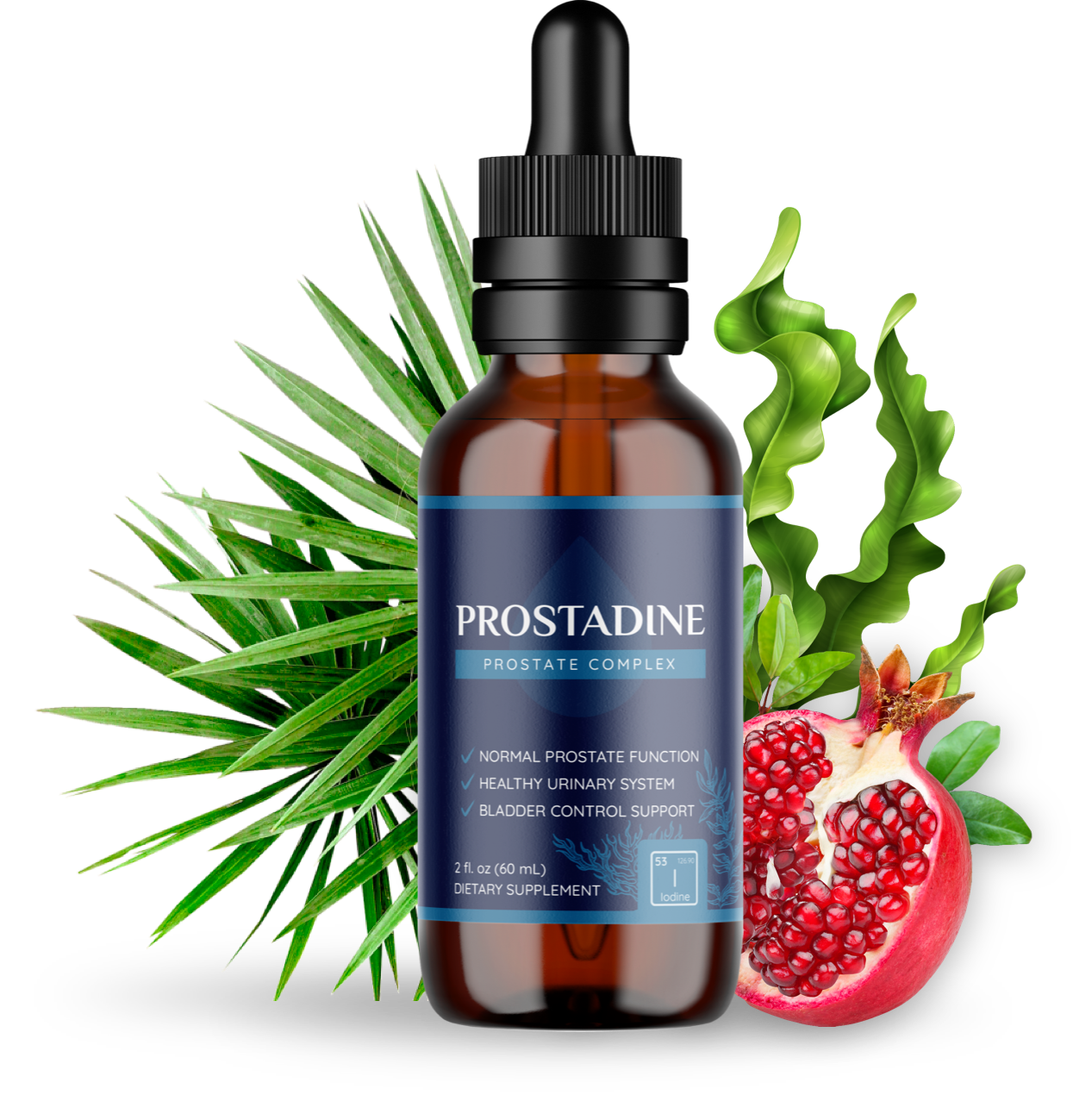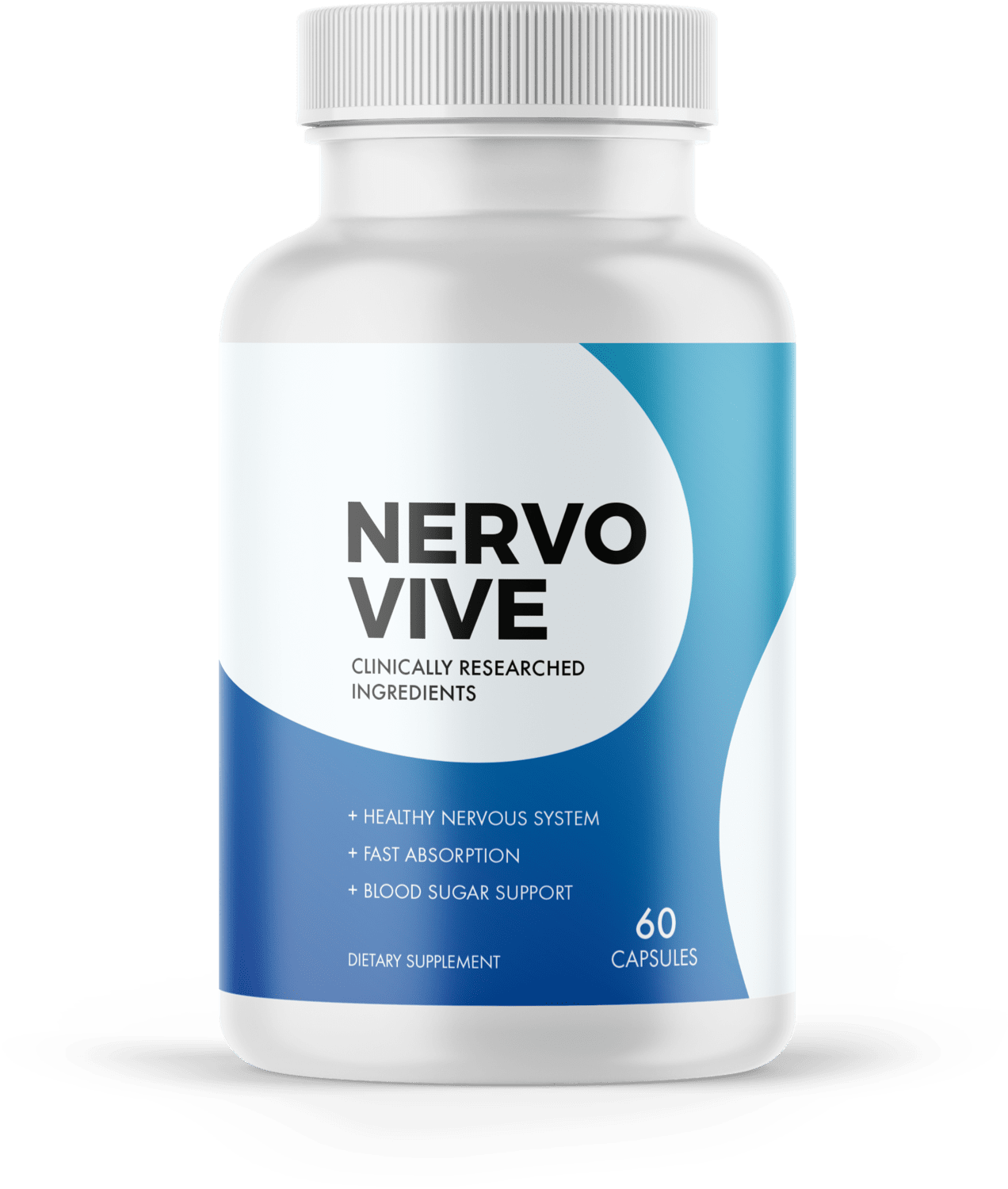Introduction: Why Weight Loss Matters and How to Succeed
In this guide, we’ll cover five core pillars of weight loss: diet, exercise, hydration, sleep, and mindful eating. Each section will break down the science, offer actionable tips, and provide real-world examples to keep you inspired. Plus, we’ll go beyond the basics with bonus tips, myth-busting, mindset shifts, and solutions for common challenges like plateaus. By the end, you’ll have a roadmap to lose weight fast—without gimmicks or quick fixes. Let’s get started with the foundation of it all: your diet.
1. Master Your Diet: The Cornerstone of Weight Loss
Your diet is the single most important factor in losing weight. To shed pounds, you need to create a calorie deficit—burning more calories than you consume. But it’s not just about eating less; it’s about eating smarter. Here’s how to master your diet for effective, sustainable weight loss.
Understand Your Calorie Needs
First, figure out how many calories you’re currently eating. Use a food diary or app like MyFitnessPal to track everything for a week—meals, snacks, drinks, even that handful of chips. This baseline reveals your habits and highlights where to cut back. A safe goal is to reduce your daily intake by 500-750 calories, which can lead to losing 1-2 pounds per week— a healthy, sustainable rate recommended by experts.
For example, if you’re eating 2500 calories a day now, aim for 1750-2000. Don’t drop too low—starvation diets slow your metabolism and sabotage progress. Use an online calculator to estimate your maintenance calories based on age, weight, height, and activity level, then subtract to create your deficit.
Prioritize Nutrient-Dense Foods
Not all calories are equal. A 200-calorie candy bar won’t satisfy you like 200 calories of grilled chicken and veggies. Focus on nutrient-dense foods that deliver vitamins, minerals, and fiber while keeping hunger at bay. Here’s what to load up on:
- Fruits and Vegetables: Aim for 5+ servings daily. Think leafy greens, berries, broccoli, and bell peppers. They’re low in calories, high in fiber, and packed with antioxidants.
- Lean Proteins: Chicken breast, turkey, fish, eggs, tofu, and legumes boost metabolism and curb appetite. Protein takes more energy to digest, burning extra calories in the process.
- Whole Grains: Swap white rice for quinoa, white bread for whole-grain bread. These complex carbs stabilize blood sugar and keep you full longer.
Cut Out Processed Junk
Processed foods—think sugary cereals, fast food, and sodas—are calorie bombs with little nutritional value. They spike blood sugar, trigger cravings, and make weight loss harder. Replace them with whole foods. Craving something sweet? Grab an apple instead of a cookie. Over time, your taste buds adjust, and cravings fade.
Master Portion Control
Even healthy foods can derail you if portions creep up. Use smaller plates to trick your brain into feeling satisfied with less. A handy guide: half your plate veggies, a quarter lean protein, a quarter whole grains. Measure snacks like nuts or cheese— they’re nutritious but calorie-dense.
Plan and Prep Meals
Impulse eating kills diets. Plan your meals weekly and prep ahead—cook a batch of grilled chicken, chop veggies, or make overnight oats. Having healthy options ready cuts reliance on takeout. Try this: Sunday, roast a tray of veggies and portion them into containers with protein for grab-and-go lunches.
Real-Life Example
Take Sarah, a 35-year-old mom who lost 20 pounds. She tracked her calories, swapped processed snacks for fruit, and prepped meals. “I didn’t feel deprived—I just ate smarter,” she says. Small changes, big results.
By mastering your diet, you control the biggest piece of the weight loss puzzle. It’s about balance, not starvation. Next, let’s add movement to amplify your efforts.
2. Exercise Regularly: Burn Calories and Build Strength
Exercise turbocharges weight loss by burning calories and boosting metabolism. It’s not just about the gym— it’s about finding what works for you and sticking with it. Here’s how to make exercise a game-changer.
Cardio: Your Calorie-Burning Powerhouse
Cardio gets your heart pumping and torches calories. Aim for 150 minutes of moderate cardio weekly—think brisk walking, cycling, or swimming. For faster results, try high-intensity interval training (HIIT). Example: sprint 30 seconds, walk 1 minute, repeat for 20 minutes. Studies show HIIT burns fat efficiently in less time.
Strength Training: Build Muscle, Boost Metabolism
Muscle burns more calories at rest than fat. Add strength training 2-3 times a week—lift weights, do push-ups, or use resistance bands. Focus on compound moves like squats or deadlifts to hit multiple muscle groups. Start light if you’re new; progress builds confidence and results.
Make It Fun
Hate running? Don’t do it. Dance, hike, or play soccer— enjoyment breeds consistency. I once joined a Zumba class and dropped 10 pounds because I loved it, not because it felt like work. Find your thing.
Move More Daily
Exercise isn’t just workouts. Take stairs, walk to the store, stretch during TV breaks. These “non-exercise activity thermogenesis” (NEAT) calories add up. One study found NEAT can burn up to 2000 calories daily for active people!
Set Achievable Goals
New to exercise? Start with 20-minute walks, then build up. Pushing too hard risks burnout or injury. Track progress—maybe you’ll go from 10 to 20 push-ups in a month. Celebrate that!
Case Study
Meet John, a 40-year-old who lost 30 pounds. He mixed jogging (cardio) with dumbbell workouts (strength) and took stairs at work. “I started small, but it snowballed,” he says. Consistency beat perfection.
Exercise isn’t optional—it’s essential. Pair it with diet, and you’re unstoppable. Next, a simple trick: water.
3. Stay Hydrated: The Unsung Hero of Weight Loss
Water is a secret weapon for weight loss. It’s free, easy, and powerful. Here’s why hydration matters and how to do it right.
Curb Hunger
Thirst often masquerades as hunger. Drink a glass of water before meals to feel fuller and eat less. One study found people who drank 500ml before eating lost 44% more weight over 12 weeks.
Boost Metabolism
Cold water revs your metabolism by 20-30% for about an hour as your body warms it. Sip 2 liters daily for a subtle calorie burn boost—small, but it adds up.
Ditch Sugary Drinks
Soda and juice pack empty calories. Swap them for water to slash hundreds of calories daily. Add lemon or cucumber if plain water bores you.
How Much Water?
Aim for 8-10 cups (2-2.5 liters), more if you’re active or in a hot climate. Check your urine—light yellow means you’re hydrated; dark means drink up.
Hydration Hacks
Carry a reusable bottle, set phone reminders, eat water-rich foods (watermelon, cucumber). I keep a bottle on my desk—it’s a constant nudge to sip.
Example
Lisa, 28, lost 15 pounds by drinking water instead of soda and before meals. “I didn’t realize how much liquid calories hurt me,” she says. Simple swap, big win.
Hydration supports every weight loss effort. Now, let’s talk about a hidden key: sleep.
4. Prioritize Sleep: Rest Your Way to Results
Sleep isn’t a luxury—it’s a necessity for weight loss. Skimp on it, and you’re fighting an uphill battle. Here’s why and how to fix it.
Hormones and Hunger
Sleep regulates ghrelin (hunger hormone) and leptin (fullness hormone). Less sleep means more ghrelin, less leptin—hello, cravings. One study showed sleep-deprived people ate 300+ extra calories daily, mostly junk.
Better Choices
Well-rested? You’ll pick salad over fries. Exhausted? Willpower tanks. Sleep keeps you sharp for healthy decisions.
How Much?
Target 7-9 hours nightly. Quality counts—deep, uninterrupted sleep repairs your body and mind.
Sleep Tips
- Routine: Same bedtime, even weekends.
- Wind Down: Read, stretch, skip screens an hour before bed (blue light messes with melatonin).
- Environment: Cool, dark room, comfy bed.
Real Story
Mike, 32, lost 25 pounds after fixing his sleep. “I stopped late-night snacking once I slept better,” he says. Sleep changed everything.
Sleep fuels weight loss. Next, let’s get mindful with food.
5. Practice Mindful Eating: Savor, Don’t Stuff
Mindful eating transforms your relationship with food. It’s not a diet—it’s awareness. Here’s how to master it.
Slow Down
Eat without distractions—no TV, no phone. Chew slowly, savor flavors. Your brain needs 20 minutes to signal fullness; rushing bypasses that.
Check Hunger
Before eating, ask: Am I hungry, or stressed? If it’s not hunger, walk or breathe instead of snacking.
Enjoy Food
Notice textures, smells, colors. A mindful bite of chocolate beats a mindless bag. Smaller portions satisfy more.
Avoid Emotional Eating
Stress-eating adds pounds. Journal, call a friend, or meditate instead. Food comforts briefly; habits last.
Gratitude
Thank your meal—mentally or aloud. It shifts focus from restriction to appreciation, easing diet struggles.
Example
Emily, 30, lost 18 pounds with mindful eating. “I stopped shoveling food in front of Netflix,” she says. Presence paid off.
Mindful eating aligns eating with need, not impulse. Now, let’s level up with extras.
Bonus Tips for Weight Loss Success
These add-ons amplify your efforts:
- Realistic Goals: 1-2 pounds weekly rocks. Celebrate non-scale wins—energy, clothes fit.
- Support: Friends, family, or forums keep you accountable.
- Track Progress: Log food, workouts, weight. Patterns emerge.
- Be Patient: Setbacks happen. Refocus, don’t quit.
- Pros: Dietitian or trainer can personalize your plan.
Myth-Busting: Weight Loss Lies Exposed
- Carbs Aren’t Evil: Whole grains fuel you. Avoid refined junk.
- Starving Fails: Too few calories stalls metabolism. Eat enough.
- Supplements Aren’t Magic: Diet and exercise beat pills.
- Spot Reduction? Nope: Fat loss is whole-body.
- Skipping Meals Backfires: It sparks overeating. Eat regularly.
Mindset Matters: Stay Motivated
- Non-Scale Wins: Energy, mood, strength count.
- Visualize: Picture your success daily.
- Self-Love: Mistakes teach, don’t define.
- Consistency Over Perfection: One bad day won’t ruin you.
Breaking Plateaus: Keep Progress Rolling
- Recheck Calories: Lower as you lose weight.
- Switch Workouts: New moves challenge your body.
- Track Tighter: Hidden calories sneak in.
- Patience: Plateaus pass with persistence.
Conclusion: Your Weight Loss Journey Starts Now
Losing weight fast and sustainably boils down to five pillars: smart diet, regular exercise, hydration, sleep, and mindful eating. This 3000-word guide gives you the tools—science, steps, stories—to succeed. Start small, stay consistent, and be kind to yourself. You’ve got this. Take one tip, apply it today, and watch the transformation begin!












0 comments:
Post a Comment